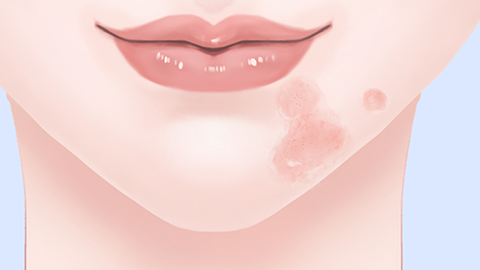How to treat hypertrophic scars
Generally, scar hyperplasia can be treated through gentle skin care and moisturizing, medication, laser therapy, scar excision, dermabrasion, and other methods. A detailed analysis is as follows:

1. Gentle Skin Care and Moisturizing
It is advisable to use mild, non-irritating facial cleansers in daily routines, keeping the scar area clean and moisturized. This helps maintain the skin's barrier function, reduces dryness-induced itching and discomfort, and creates a favorable environment for scar healing.
2. Medication
Under a physician's guidance, patients may use medications such as asiaticoside cream, compound dexamethasone acetate cream, and human epidermal growth factor gel. These medications inhibit inflammatory responses, reduce fibroblast proliferation, and promote the softening and flattening of scar tissue.
3. Laser Therapy
Laser therapy works by using the photothermal effect of lasers to precisely target scar tissue. It stimulates collagen regeneration and remodeling, improving the texture and color of the scar, making it blend better with surrounding skin. The general reference cost for laser therapy is 2,000–5,000 yuan per session. Noticeable improvement is usually seen 5–7 days after treatment, although temporary side effects such as redness, pigmentation, or blisters may occur.
4. Dermabrasion
Dermabrasion involves using specialized tools to precisely abrade the skin's surface, removing uneven scar tissue and stimulating skin cell regeneration and repair, gradually fading the scar. The general reference cost for dermabrasion is 3,000–5,000 yuan per session. Improvement is typically noticeable 3–4 weeks after the procedure, although temporary side effects such as redness, pigmentation, or skin sensitivity may occur.
5. Scar Excision
Scar excision involves surgically removing the hyperplastic scar tissue and using fine suturing techniques to improve the scar's appearance. The general reference cost for scar excision is 5,000–20,000 yuan per session. Noticeable improvement is usually observed 1–2 months after surgery, although complications such as poor wound healing or bleeding may occur.
In daily life, it is important to keep the skin clean and avoid using irritating chemicals to prevent inflammation or infection. Physical irritation, such as rubbing or scratching, should also be avoided to prevent skin damage that could lead to infection or worsen scar hyperplasia.







